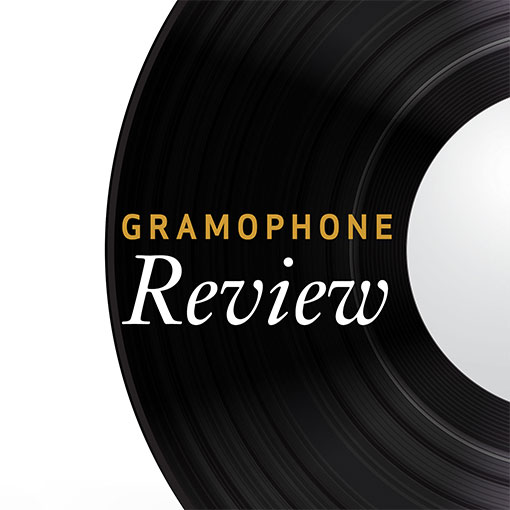SHOSTAKOVICH Symphonies Nos 1-3
first three symphonies on one disc from Wigglesworth
View record and artist detailsRecord and Artist Details
Composer or Director: Dmitri Shostakovich
Genre:
Orchestral
Label: BIS
Magazine Review Date: 09/2012
Media Format: Super Audio CD
Media Runtime: 81
Mastering:
Stereo
DDD
Catalogue Number: BISSACD1603

Tracks:
| Composition | Artist Credit |
|---|---|
| Symphony No. 1 |
Dmitri Shostakovich, Composer
Dmitri Shostakovich, Composer Mark Wigglesworth, Conductor Netherlands Radio Philharmonic Orchestra |
| Symphony No. 2, 'To October' |
Dmitri Shostakovich, Composer
Dmitri Shostakovich, Composer Mark Wigglesworth, Conductor Netherlands Radio Choir Netherlands Radio Philharmonic Orchestra |
| Symphony No. 3, 'The First of May' |
Dmitri Shostakovich, Composer
Dmitri Shostakovich, Composer Mark Wigglesworth, Conductor Netherlands Radio Choir Netherlands Radio Philharmonic Orchestra |
Author: David Fanning
The main difference in timing comes with the Second Symphony, where Mark Wigglesworth takes his time especially over the sepulchral opening pages, which really do emerge from silence, as though from early-morning Russian mists. Turn the sound up to room-comfort point and the climaxes become deafening; but listen a little above normal playback level and the sound picture is fabulously well defined. There’s just one place where the effect might be queried: the timpani’s fateful summonses in the finale of the First Symphony are so stentorian that the undamped middle note rings on, making the last one seem vaguely out of tune when it actually isn’t.
To highlight the recording quality isn’t to disparage the interpretations or performances. Wigglesworth coaxes a wealth of detail out of his players, and they respond with gusto and agility. Those details are persuasive on the level of characterisation too, and the overall pacing is also well judged. Among many highlights are the lusty singing of the Netherlands Radio Choir – a more plausible impersonation of revolution-inspired workers than any I can recall from a Western chorus – and the sirens in No 2 (rather than Shostakovich’s more commonly heard substitute version for brass). Perhaps there is just a whiff of compromise in the finale of No 1, which could be more helter-skelter, and similarly in the most exposed places of No 3 (though the latter are almost bound to be a little wary, since no orchestra these days is likely to play the piece regularly enough to get it completely under control). Given that the Kondrashin is well-nigh impossible to purchase at the moment, and that the new disc comes with texts, translations and a well-targeted essay by the conductor himself, anyone drawn to this coupling should not hesitate to invest.
Discover the world's largest classical music catalogue with Presto Music.

Gramophone Digital Club
- Digital Edition
- Digital Archive
- Reviews Database
- Full website access
From £8.75 / month
Subscribe
Gramophone Full Club
- Print Edition
- Digital Edition
- Digital Archive
- Reviews Database
- Full website access
From £11.00 / month
Subscribe
If you are a library, university or other organisation that would be interested in an institutional subscription to Gramophone please click here for further information.





